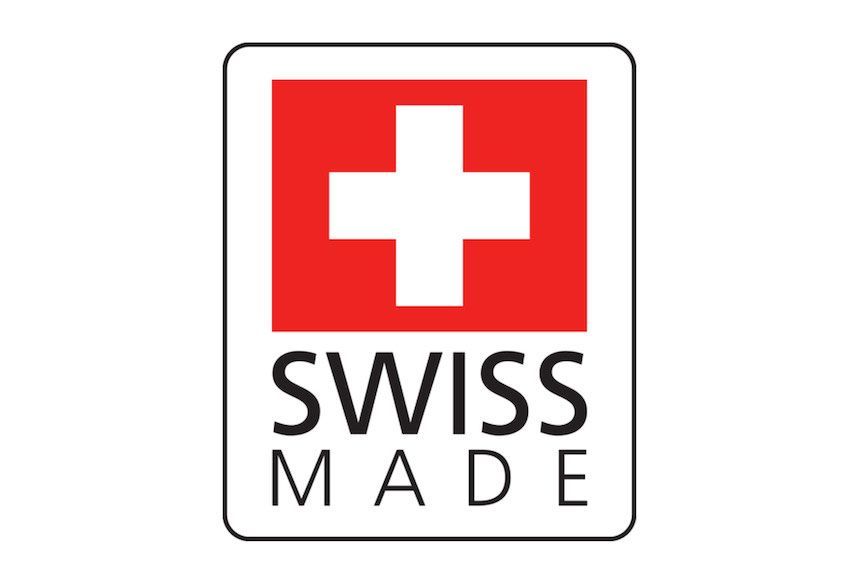
“Swiss Made” is a powerful mark applied to some of the world’s best products, but what does it mean? When it comes to watches it will mean a lot more starting in 2017 and is being applied not only to the movement inside of a watch, but the entire watch case, dial, and bracelet as well. “Swiss Made” does not now and will not then mean “100% Swiss Made.” Many people do not know that the extent to which a watch is Swiss Made varies greatly from watch to watch and from one manufacture to the other. Of course “Swiss Made” can apply to other products as well but is most important in the world of timepieces. From what we can gather in 2017 “Swiss Made” as applied to Swiss watches will mean that 60% of the cost of a “Swiss Made” watch movement and case needs to come from Switzerland.
The use of the Swiss Made label for watches is covered by an ordinance of the Federal Council dated December 23, 1971, and a more detailed introduction of this ordinance can be found at the site of the Federation of the Swiss Watch Industry FH, here. After doing the math, we end up with legislation that is well over forty years old – and just as the globalized world has come a long way in that time, the legislation is expected to keep up with the pace of those developments. Starting from Jan 1, 2017, some interesting changes will be implemented in the “Swissness” law, so let us see what those changes are, why they were necessary, and how brands are expected to react. Also, aBlogtoWatch covered other recent refinements to what Swiss Made means for watches here.
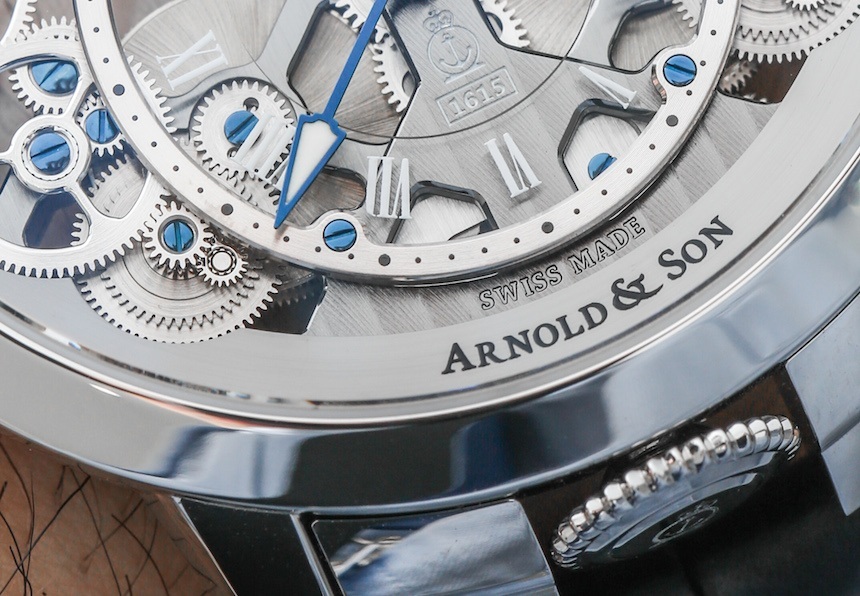
On June 21, 2013, the Swiss parliament has voted in favor of a new “Swissness” law, allowing consultation processes concerning its implementation to commence through mid-2015. The intentions are clear: as a result of globalization and swift developments in manufacturing practices, the presently valid ordinance fails in numerous ways to protect the Swiss Made label and the qualities that it was designed to ensure. In short, the concept of “Swiss Made” is being eroded in the eyes of some people in Switzerland, and to preserve the “prestigious” mark the government feels that “Swiss Made” needs to mean just that much more – especially when it comes to watches.
Today, a watch can legally be considered to be Swiss if all of the following are true: a) its movement is Swiss, b) its movement is cased up in Switzerland and c) the manufacturer carries out the final inspection in Switzerland. A movement is Swiss if at least 50% of its value (excluding cost for assembly) has been realized in Switzerland and if it has been assembled and “inspected” by the manufacturer in Switzerland.
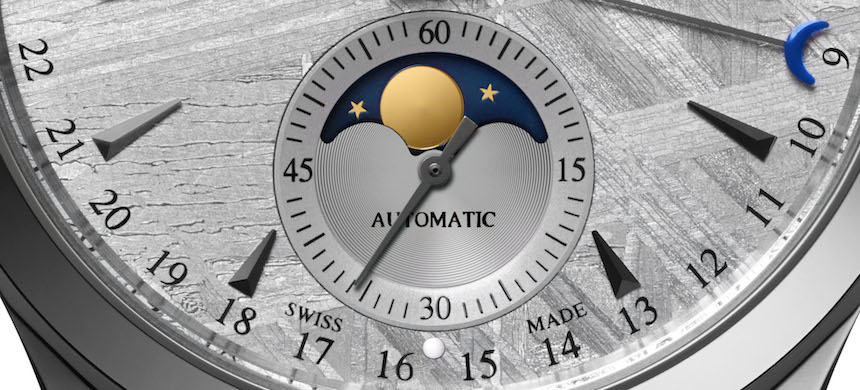
The key problem is that, especially in the low-to-mid price segment, many brands and OEM manufacturers have figured out – and have been harnessing – ways to trick the system and legally label watches as Swiss Made, despite the fact that an extremely small fraction of their value has been generated in Switzerland. Sourcing movements and other key components (cases, dials, hands, etc.) from the Far East is a common method: assembly kits of entire movements are manufactured at an incomparably smaller cost in China, Thailand, and other locations (generally at a considerably inferior level of quality) which, along with the other components, are shipped to Switzerland for assembly.
Manufacturers use a small amount of Swiss-made components, most often balance wheels and springs, along with mainsprings and jewels for these watches; and the cost of these Swiss-made components actually outweigh the cost of all the rest of the Asian-made components – or at least they do in the documents. As a result the 50% threshold for the cost of the movement has been passed, the parts are assembled and cased up in Switzerland and the watch legally receives the Swiss Made designation on the dial.
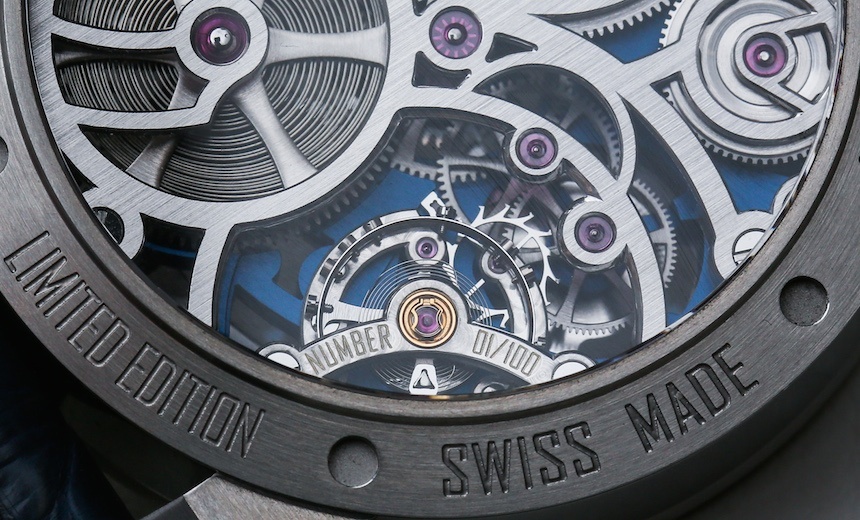
The new law is expected to enter into effect on Jan 1, 2017. From then on, all “Swiss Made” watches will have to be manufactured in compliance with the new industry ordinance: the “Swiss Made” designation will no longer apply to the just watch movement, but will apply instead to the entire watch (with a possible exception of the strap/bracelet), whereas at least 60% of the watch’s manufacturing costs will have to be realized in Switzerland, with the watch, of course, also being assembled there. A jump from 50 to 60 percent may not sound like much – especially if we consider that it will have taken nearly an entire decade for the legislative organizations to conceive, approve, and implement the updates – but it will make a difference.
Practically, only half of the value of the movement is presently to be created in Switzerland, with no limitations being made to the origin of any and all other components, including crucially important parts such as the case, dial and hands. That changes if a manufacturer intends to mark not just the dial, but also the case as “Swiss Made”: my understanding is that the case cannot be marked as such unless it meets similar requirements as the movement. With the new legislation – which now requires 60% of the cost of the entire watch to be incurred in Switzerland – a jump in the amount of Swiss made components finding their way into Swiss watches is therefore to be expected.
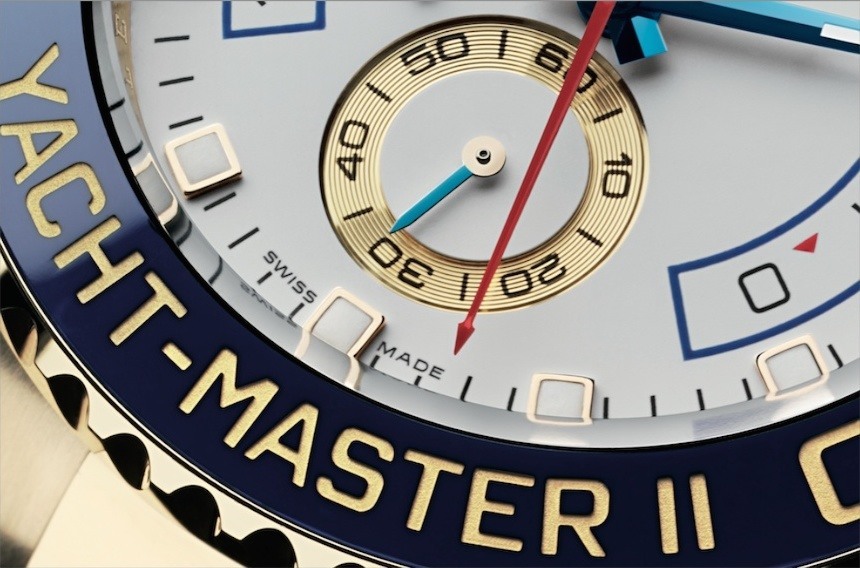
The question is how suppliers and Swiss watch brands will prepare for this development and what this will mean in terms of pricing and quality. Given that we still have over two years for the new legislation to take effect, we will be able to witness the changes this incurs on the manufacturing practices of the watch industry – and especially those competing in the low-mid price segments. Over the course of the past five or so years we have seen how deeply the severe reduction in the supply of ETA movements have affected the industry as a whole – those cut off from these supplies had to find alternative sources and/or develop their own movements. This new legislation will cut back on the quantity of purchasable components from outside of Switzerland, in some ways having a similar effect as what we have seen happen with sourced movements. Brands will have to look for new suppliers or start creating their own components.
Ultimately, watch companies in the middle to high-end segment will not be heavily affected, those competing in the “affordable Swiss watch market” – say, in the sub-$1,000 range – will however likely have to raise their prices somewhat once they will be forced to switch to generally more expensive, albeit also higher quality, Swiss suppliers. fhs.ch
